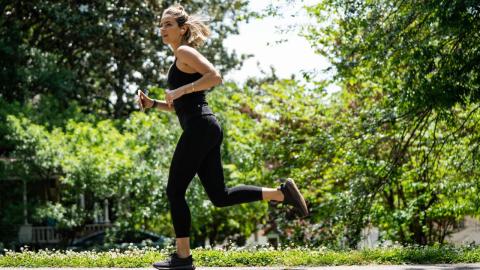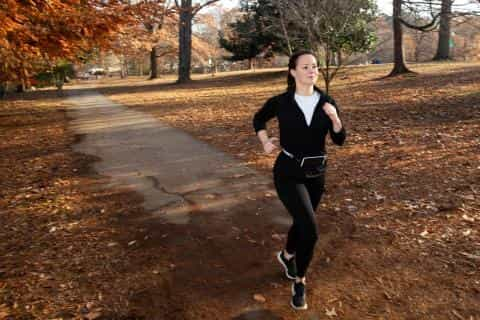
Proper breathing while running can boost endurance, improve performance, and prevent side stitches. Many runners struggle with shallow or irregular breathing, which can lead to fatigue and discomfort. Mastering the right techniques can make a huge difference in your running experience.
While some people believe nasal breathing is best, the most effective way to breathe while running is through both your nose and mouth. This allows for:
✅ More oxygen intake
✅ Better CO₂ expulsion
✅ Improved endurance
When running at a relaxed pace, you can emphasize nasal breathing. However, as intensity increases, incorporate mouth breathing to maximize airflow.
Most runners unknowingly engage in shallow chest breathing, which limits oxygen intake and leads to faster fatigue. Instead, practice diaphragmatic breathing (also known as belly breathing):
✔ Inhale deeply through your nose, expanding your belly.
✔ Exhale fully through your mouth, feeling your belly contract.
💡 Tip: Try this technique while lying down—place one hand on your chest and the other on your belly. The belly should rise while inhaling and fall while exhaling.

Coordinating your breathing with your running strides helps reduce impact stress and creates a natural rhythm. A common approach is:
🏃 3:2 pattern → Inhale for three steps, exhale for two (ideal for easy or moderate runs).
🏃 2:2 pattern → Inhale for two steps, exhale for two (best for faster paces).
🏃 2:1 pattern → Inhale for two steps, exhale for one (for intense sprints).
🔹 This method helps prevent side stitches and ensures your breathing stays controlled.
Slouching restricts lung expansion, making it harder to take deep breaths. To optimize breathing while running:
✔ Keep your shoulders relaxed (avoid tensing up).
✔ Maintain an upright posture with a slight forward lean.
✔ Keep your arms swinging naturally—tight arms can lead to restricted breathing.

Side stitches (sharp pain under the ribs) often happen due to shallow breathing or irregular patterns. To avoid them:
✅ Exhale deeply to remove excess carbon dioxide.
✅ Slow down your pace if you feel a side stitch coming on.
✅ Breathe rhythmically to prevent tension in your diaphragm.
Your breathing should adapt depending on the intensity of your run:
🏃 Easy runs → Deep, slow belly breaths (3:2 pattern).
🏃 Tempo runs → Steady and controlled breathing (2:2 pattern).
🏃 Sprints → Quick, forceful breaths (2:1 or even 1:1 pattern).
Breathing correctly while running can enhance performance, prevent fatigue, and improve comfort. Practice diaphragmatic breathing, maintain good posture, and sync your breath with your stride to optimize your runs.
Discover More Content





